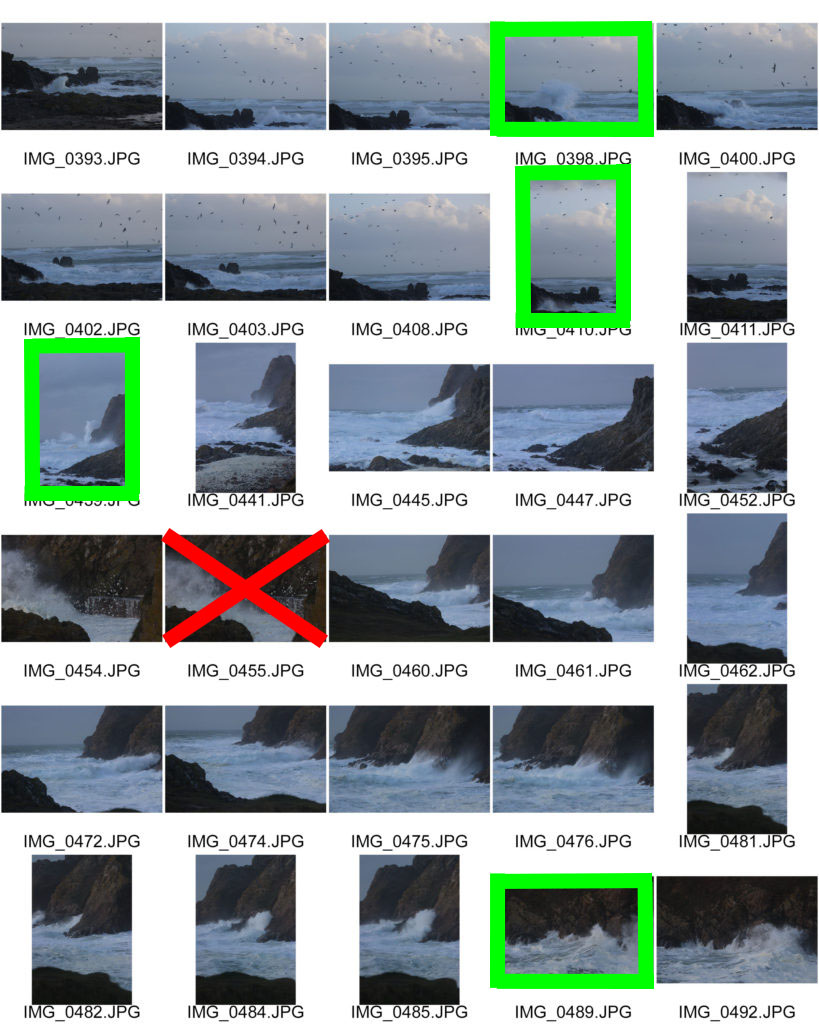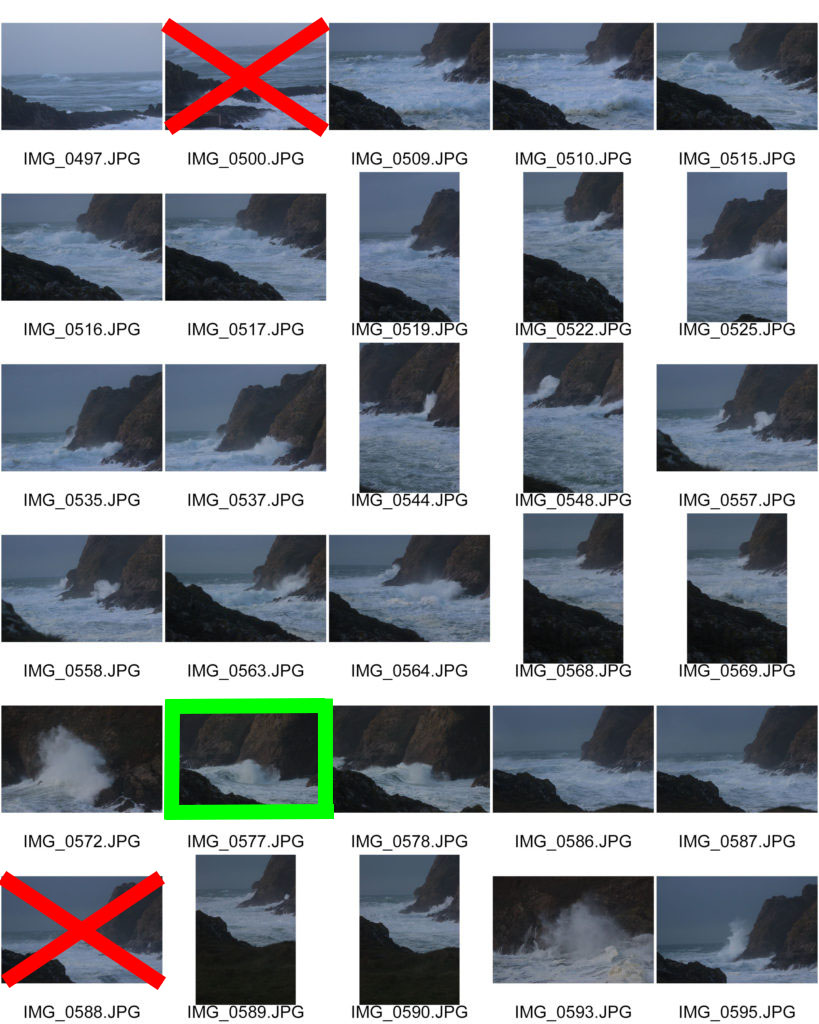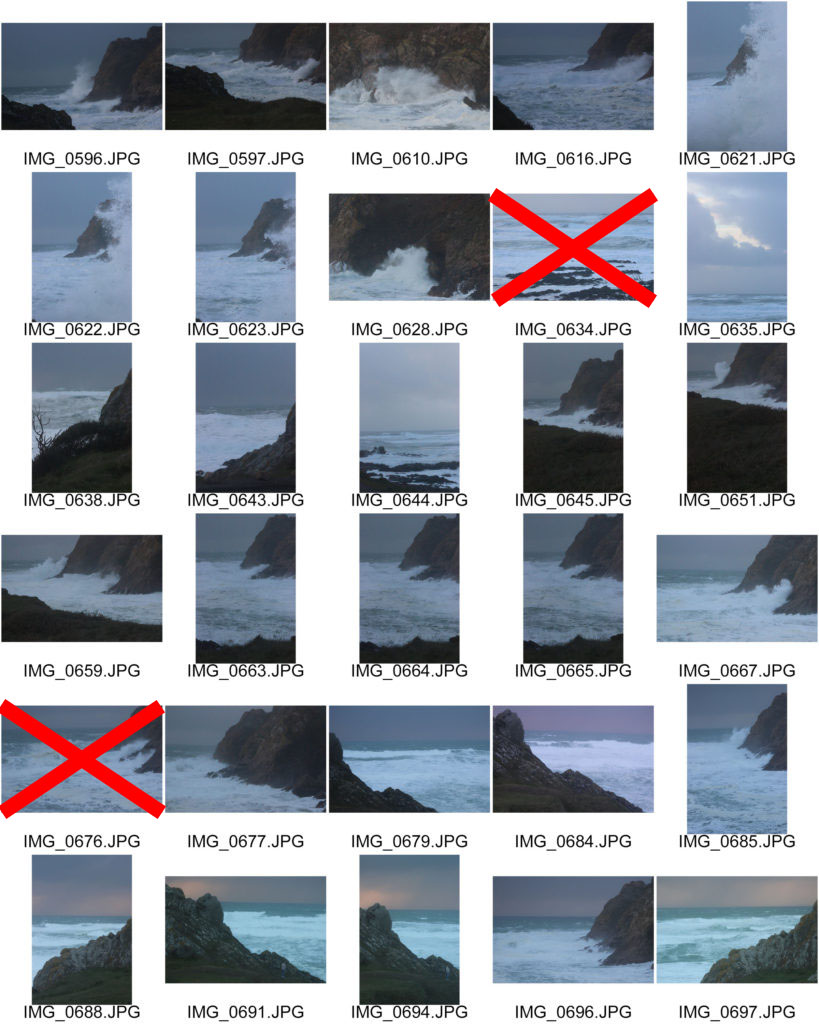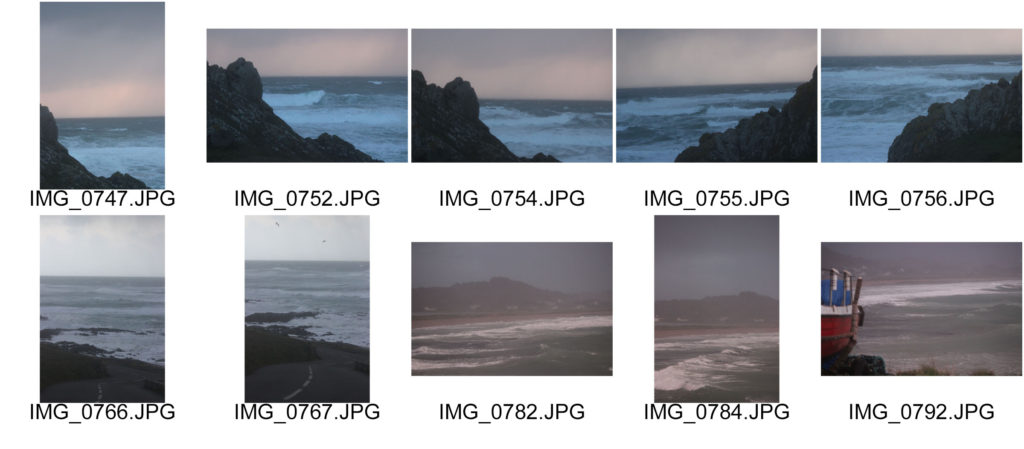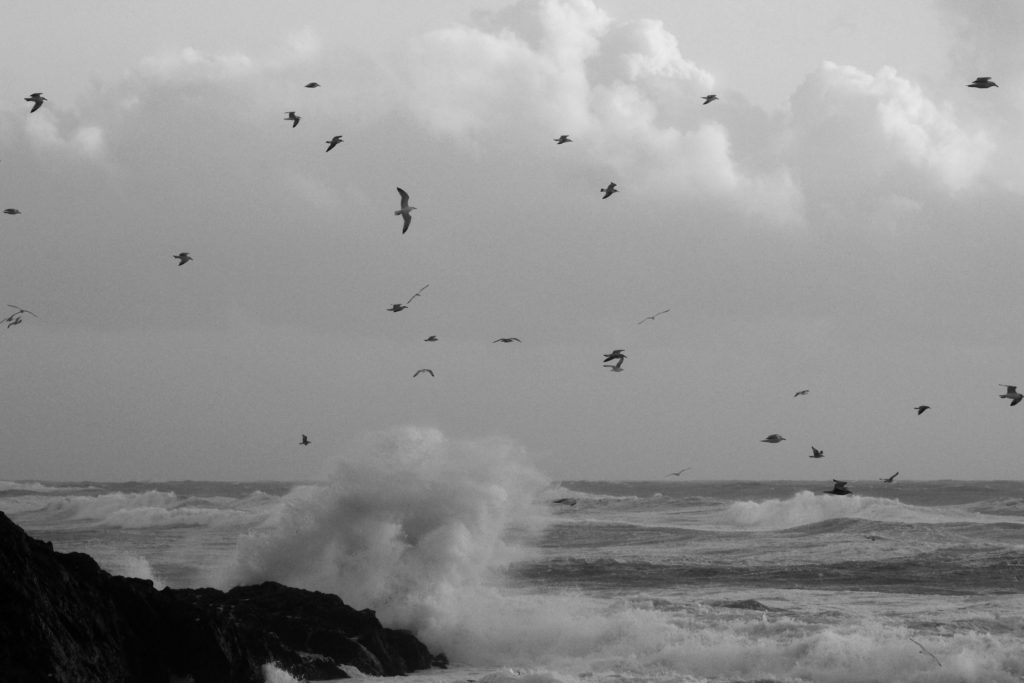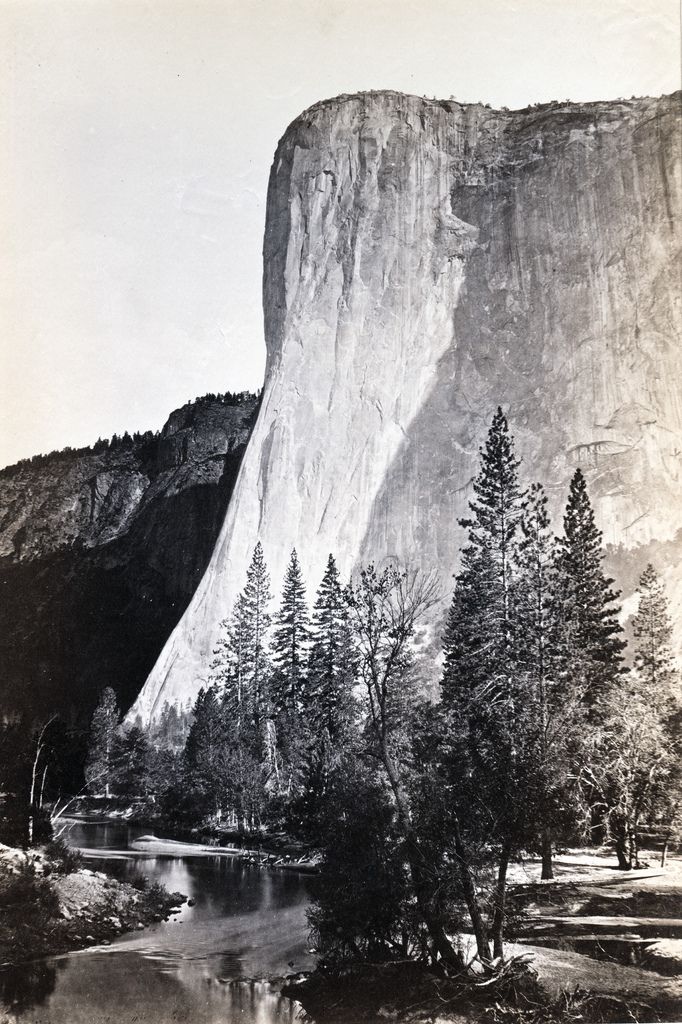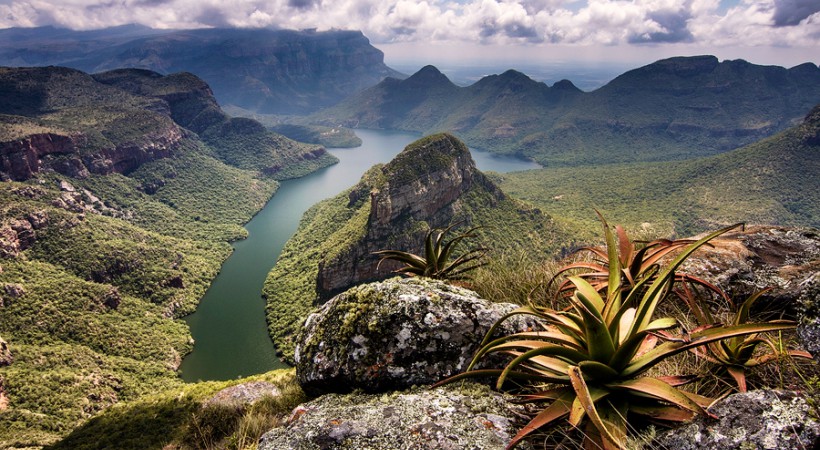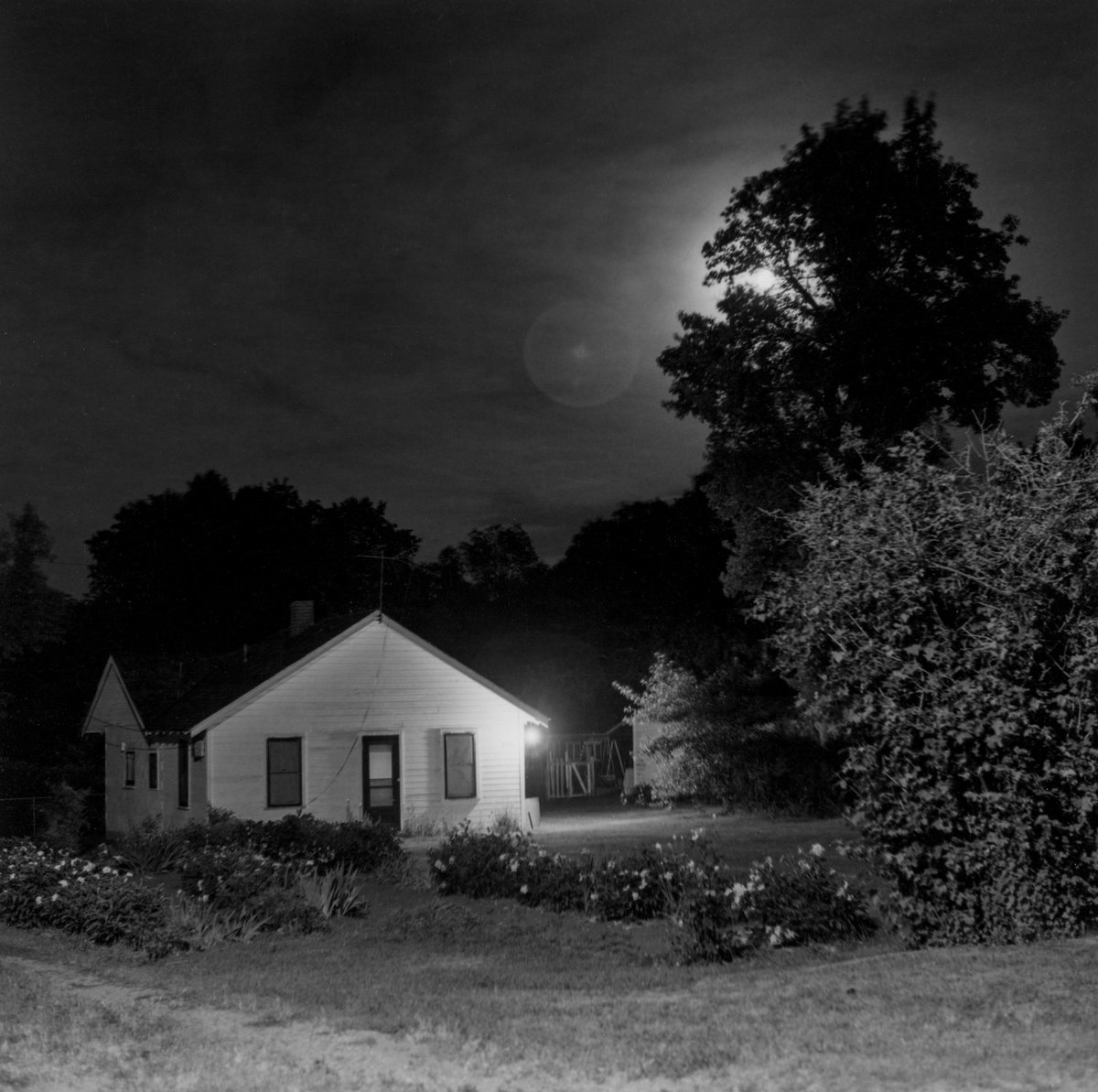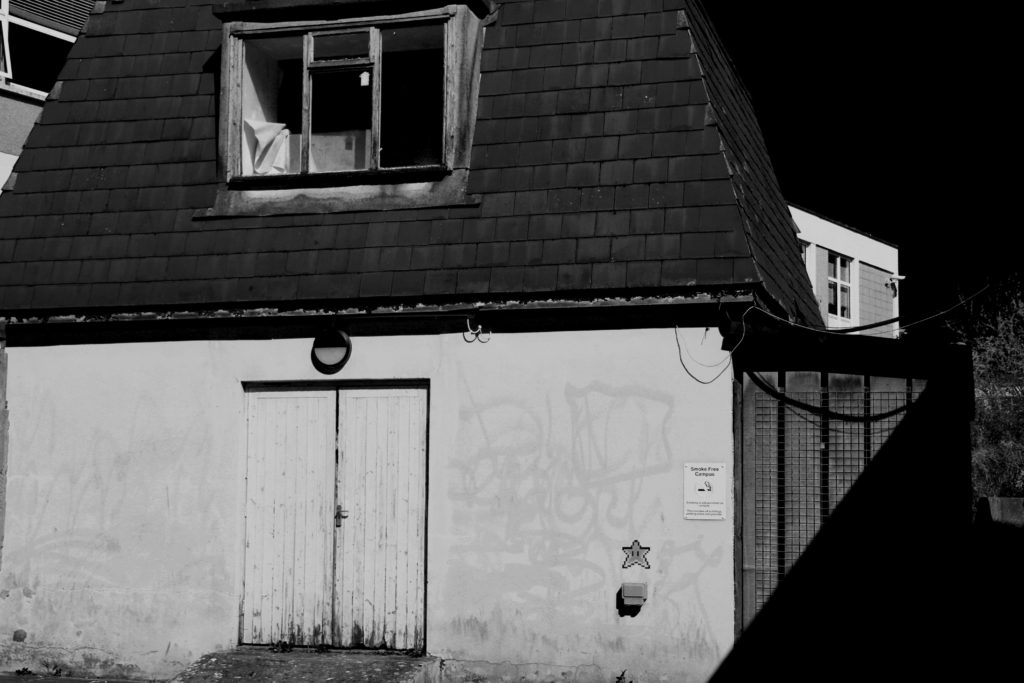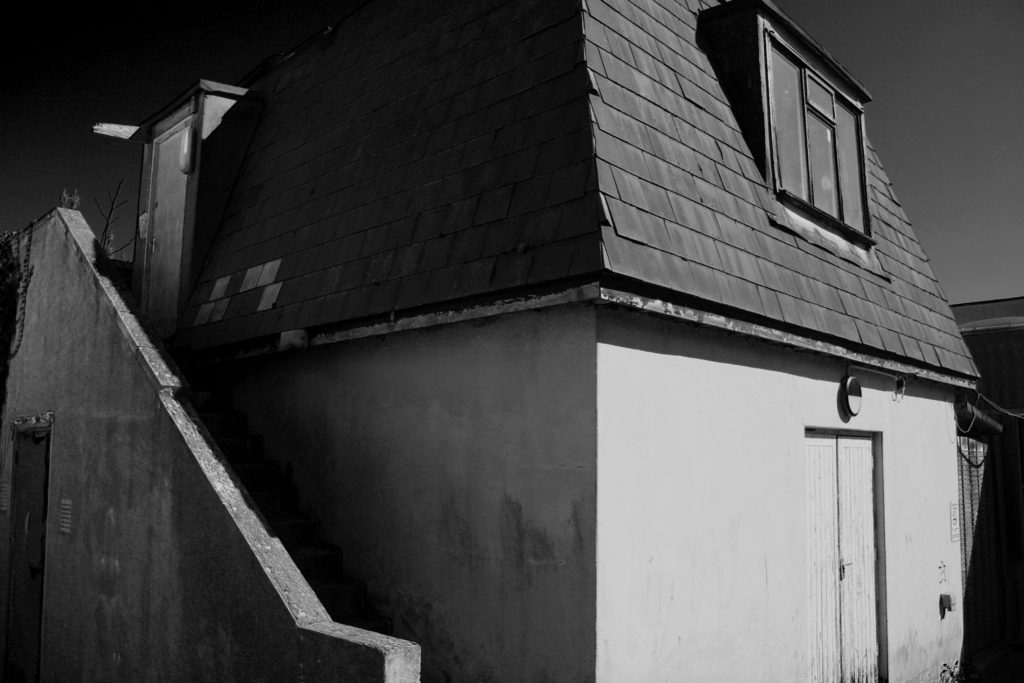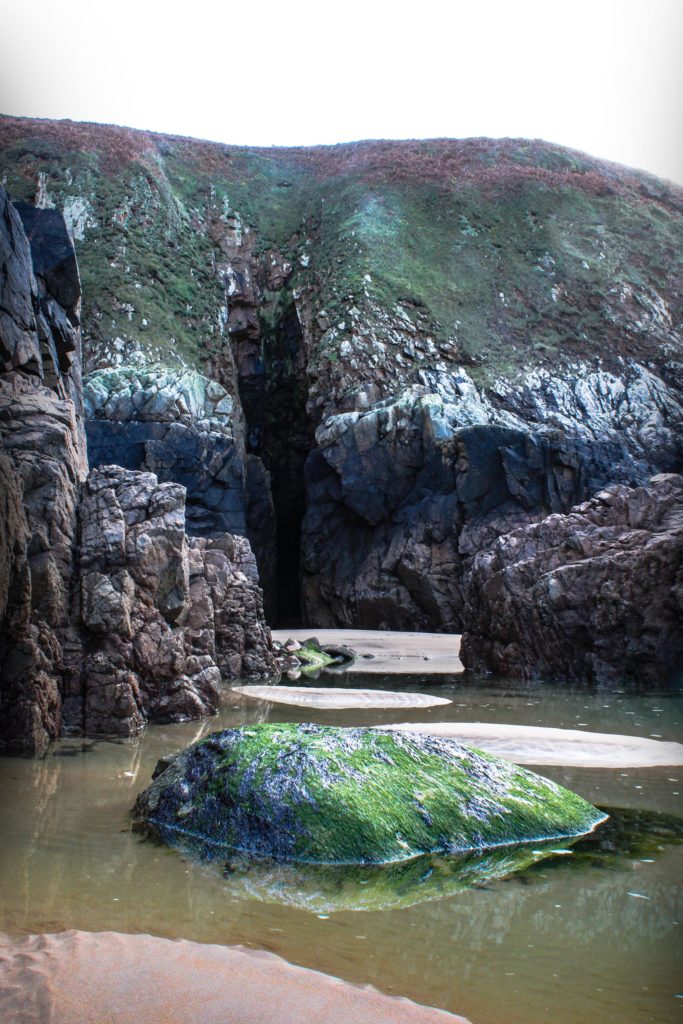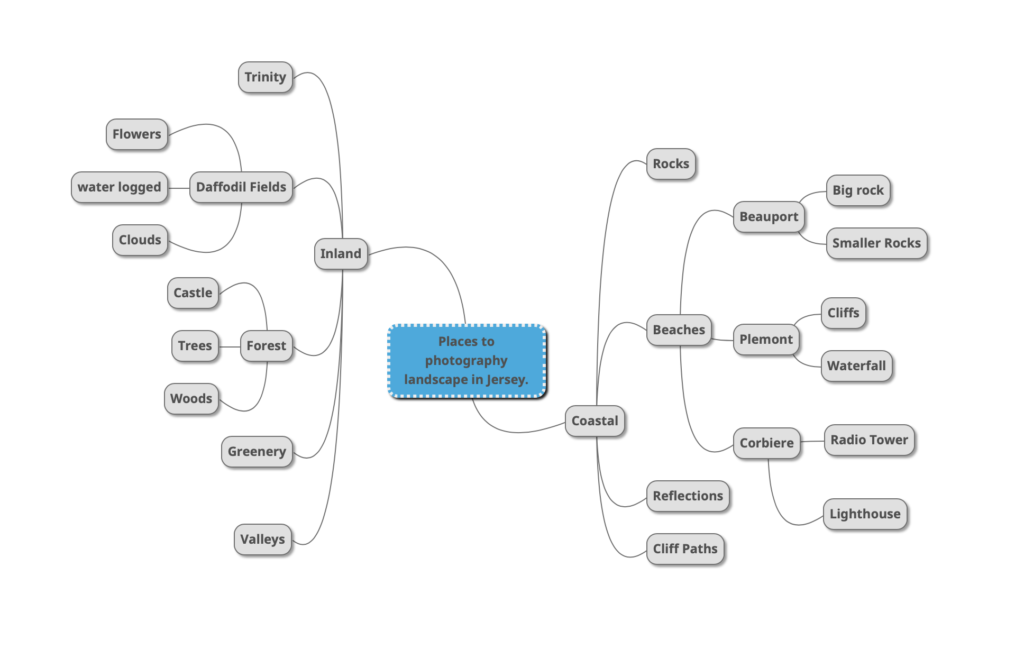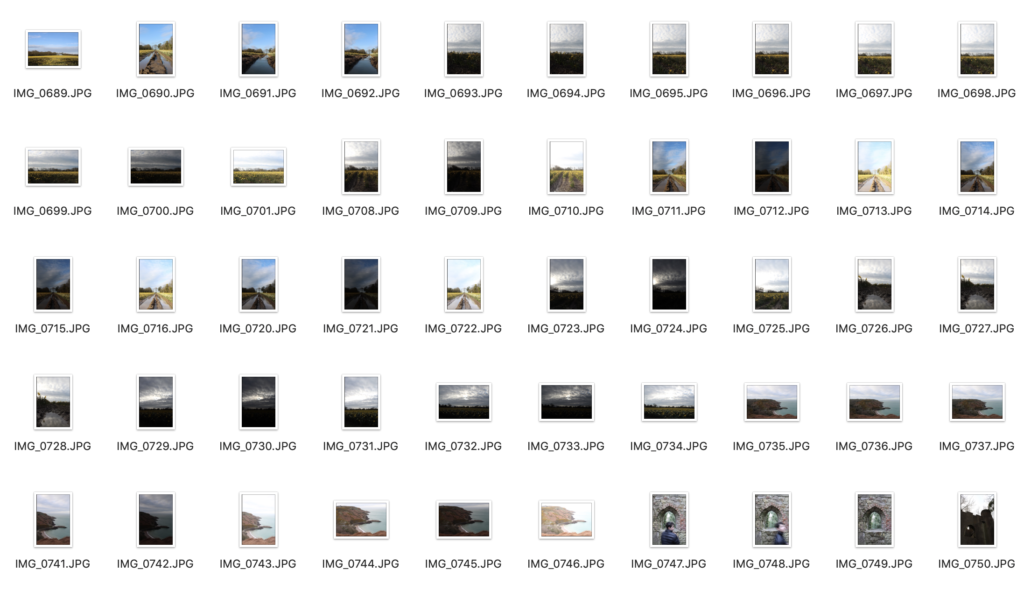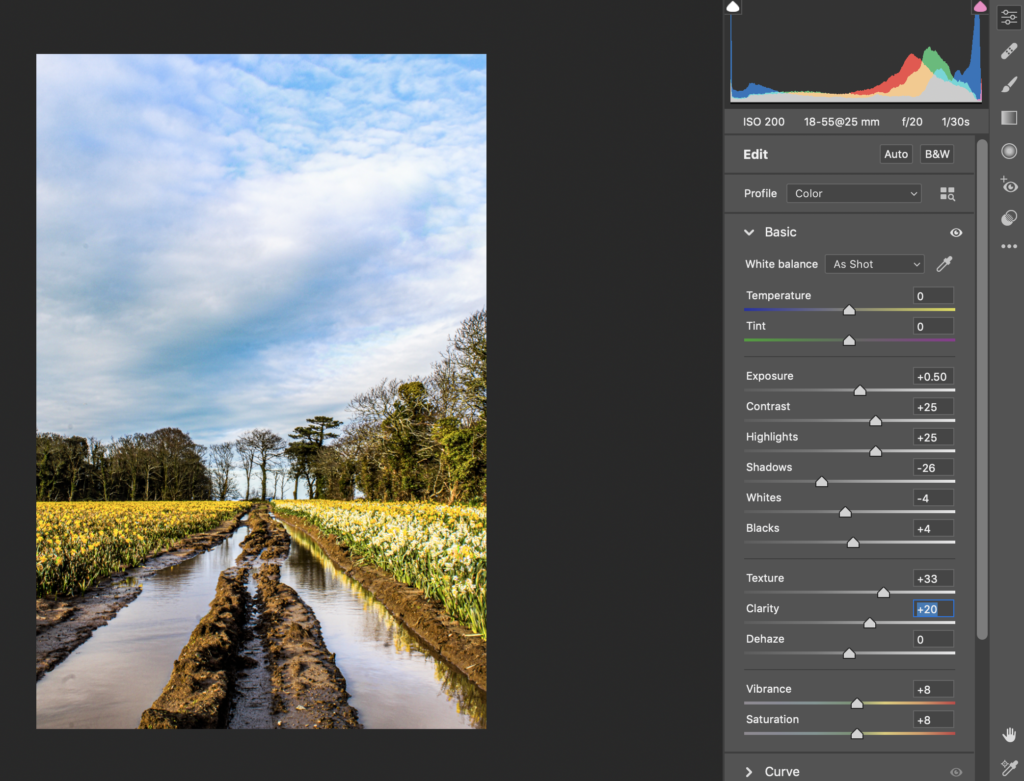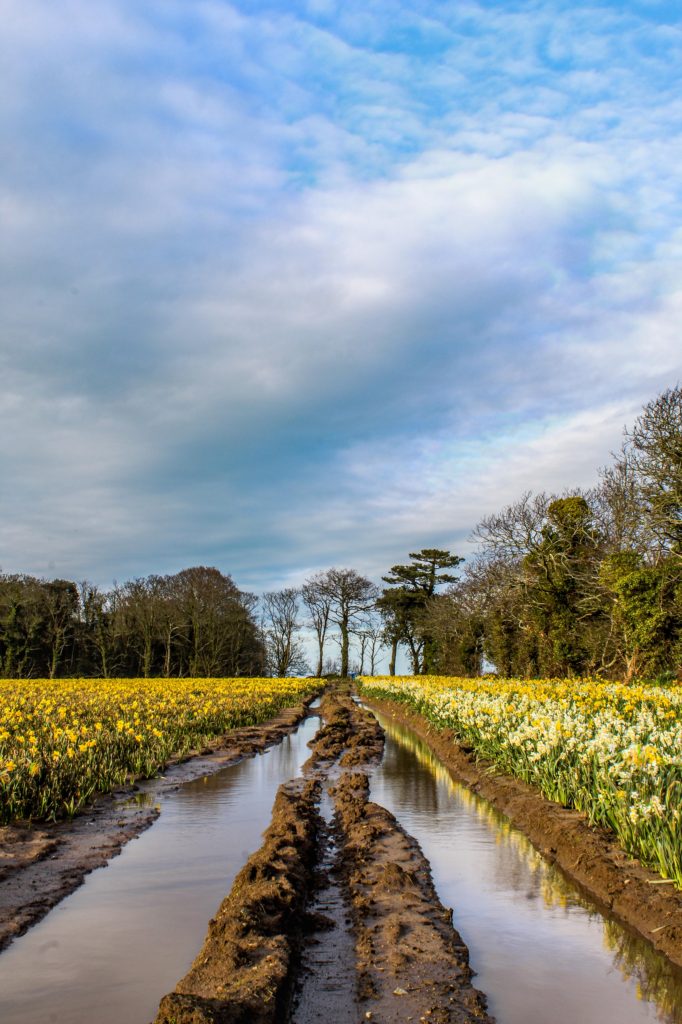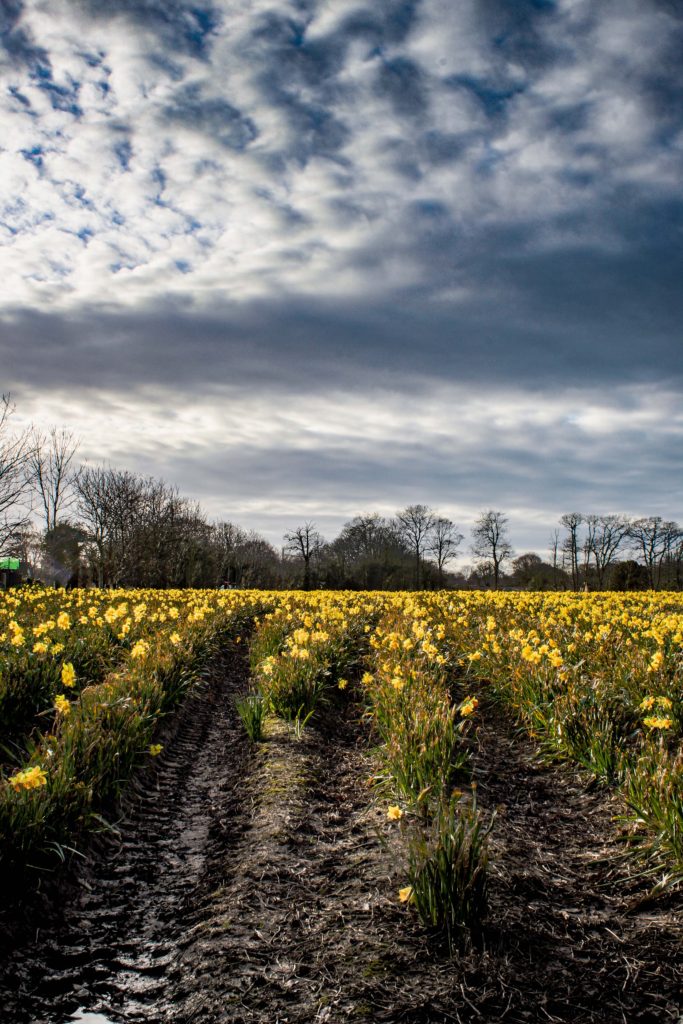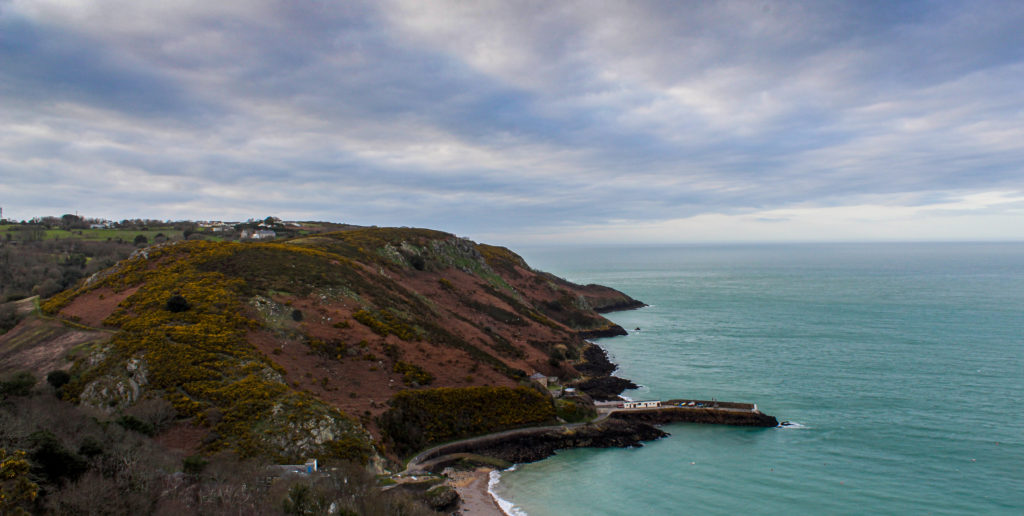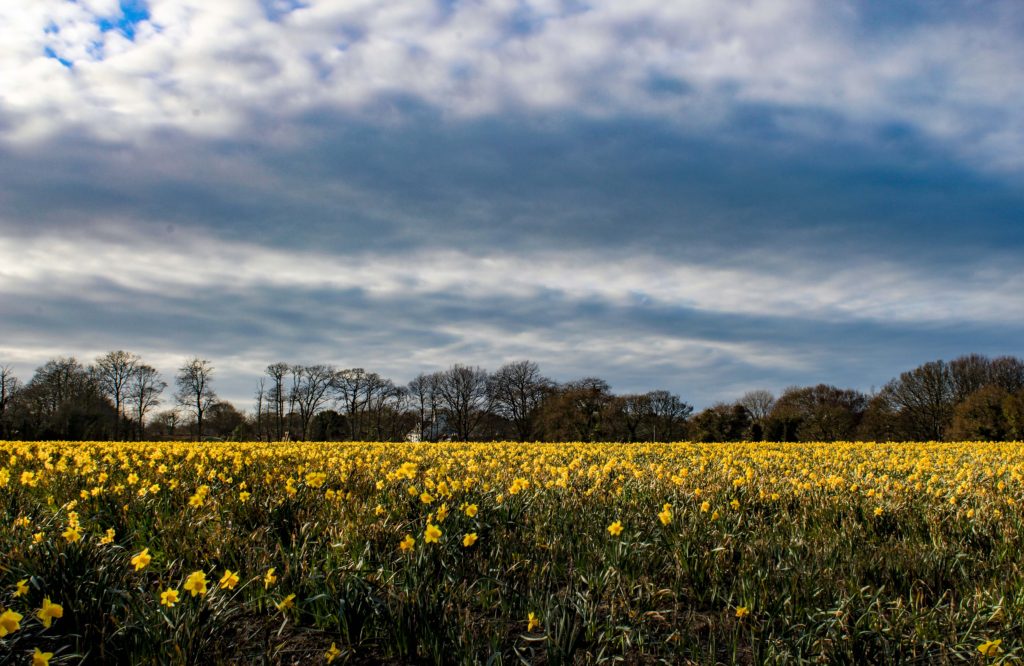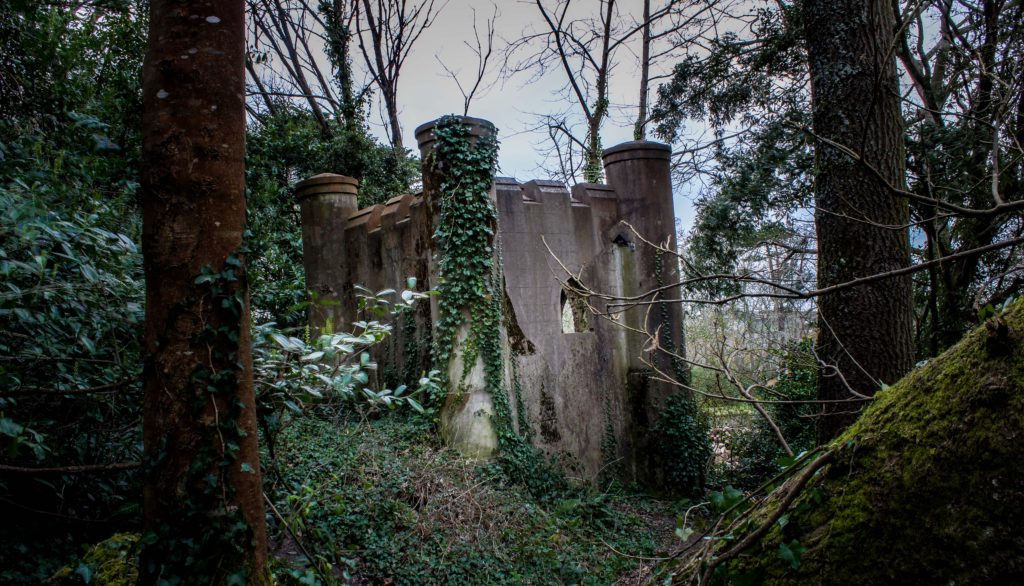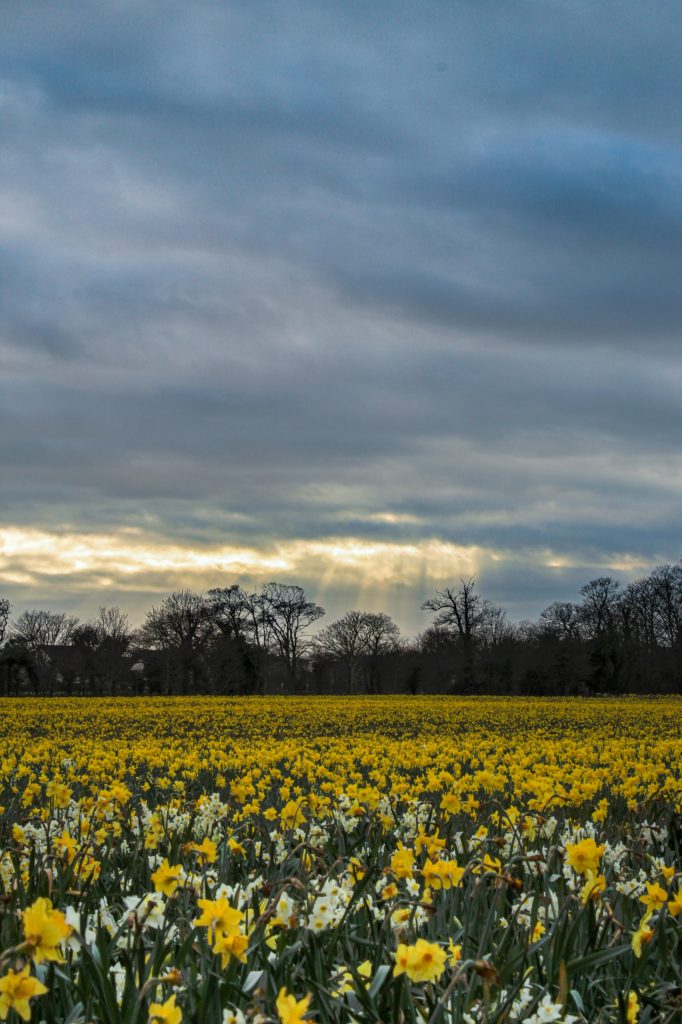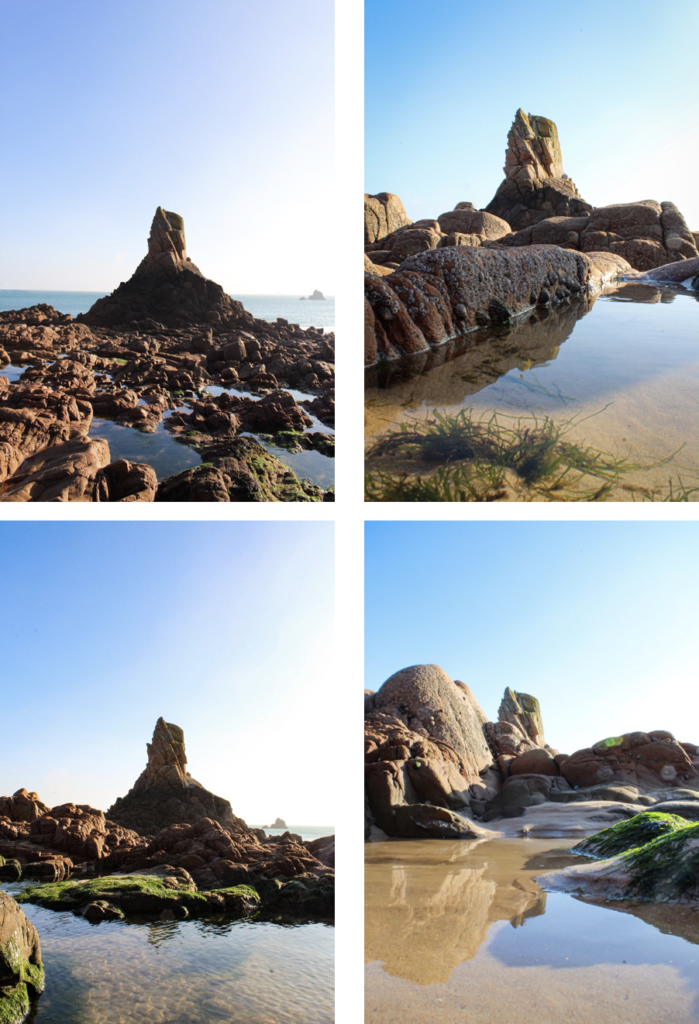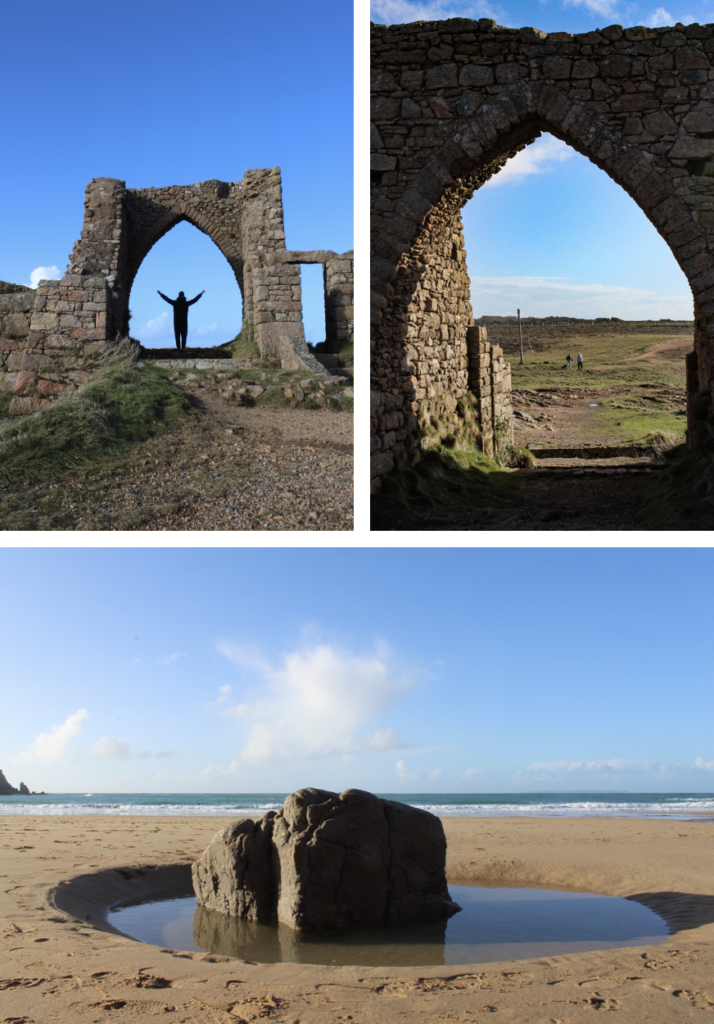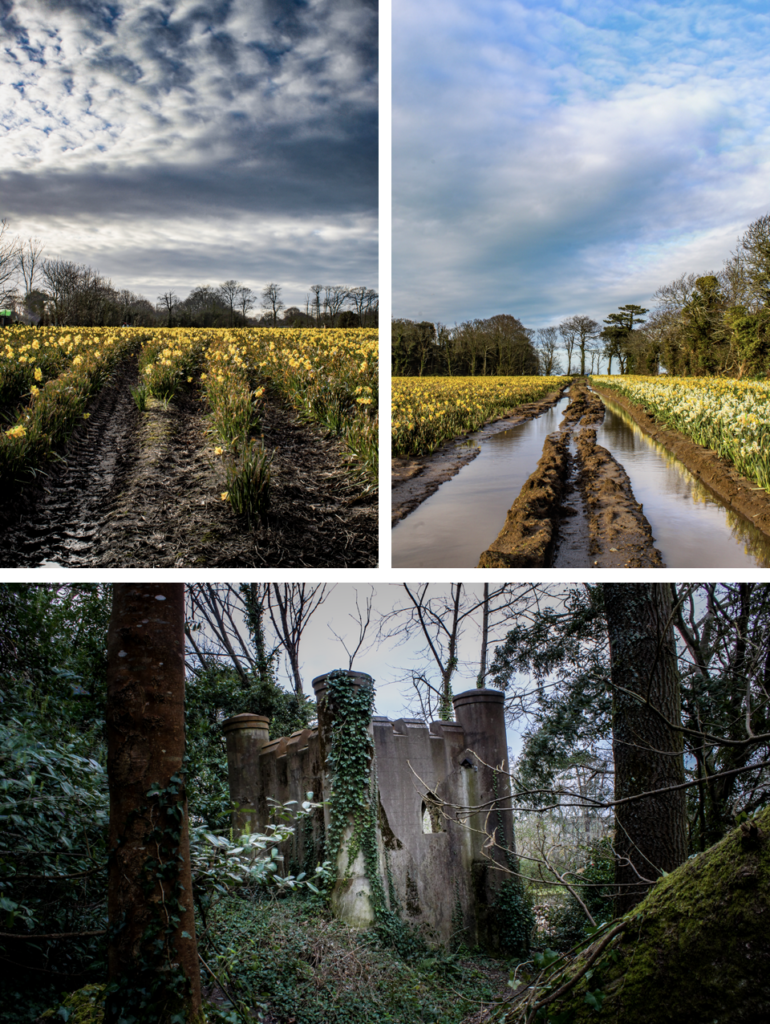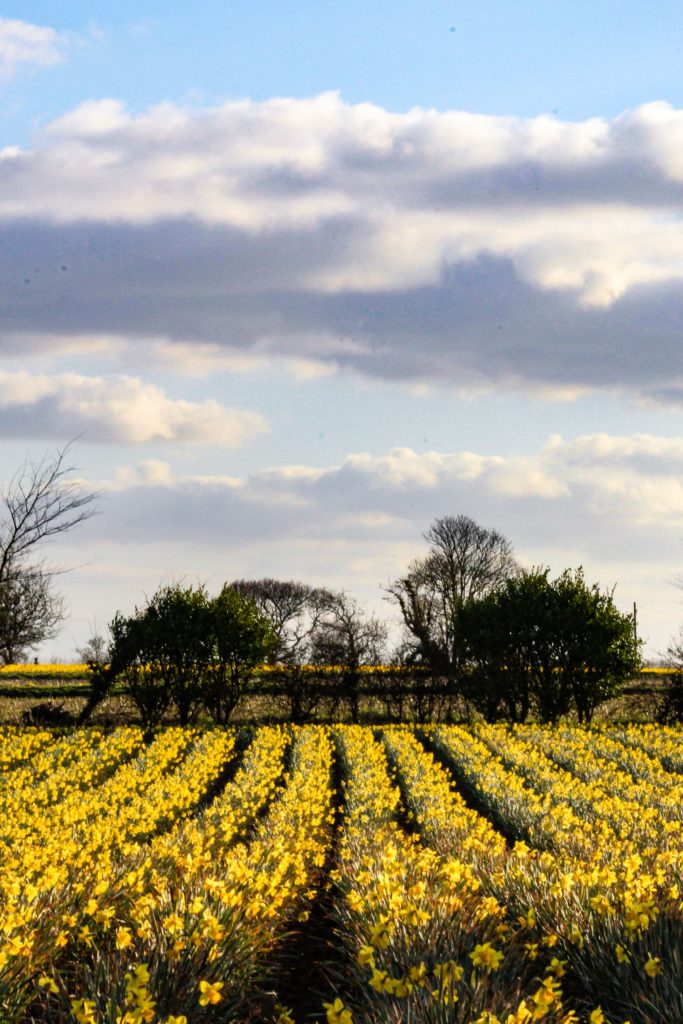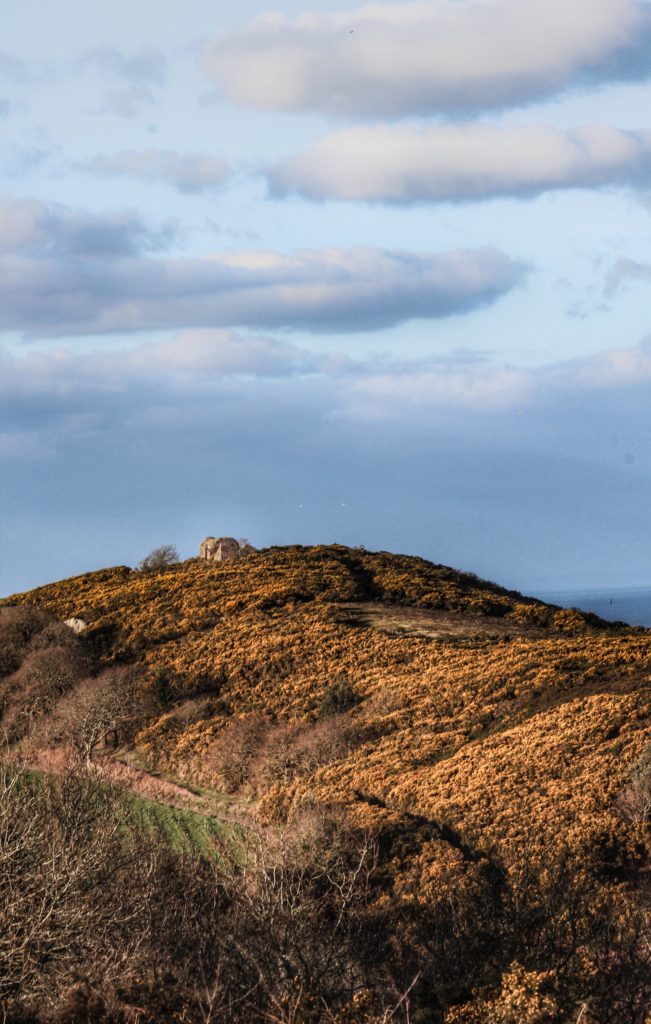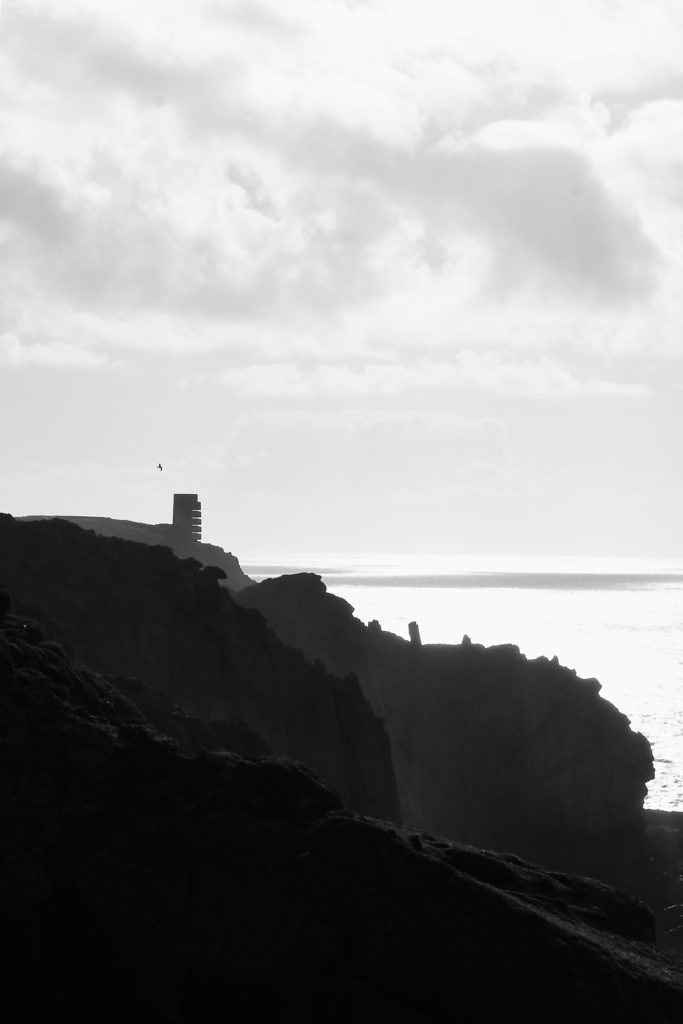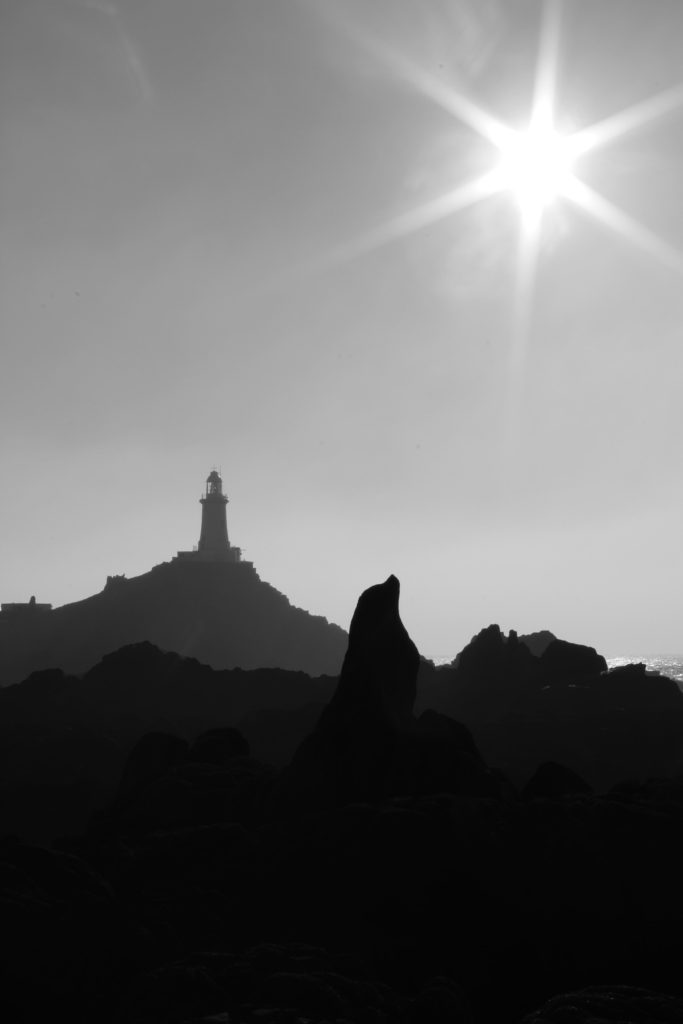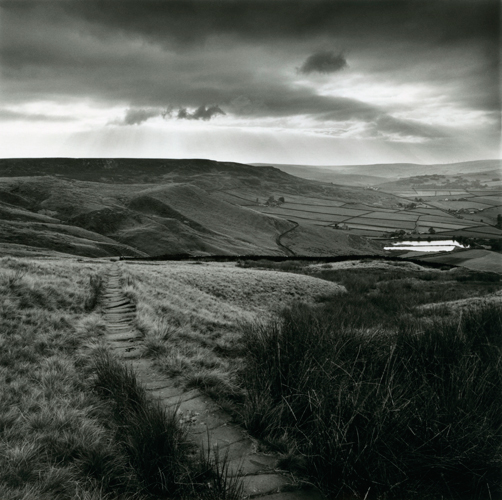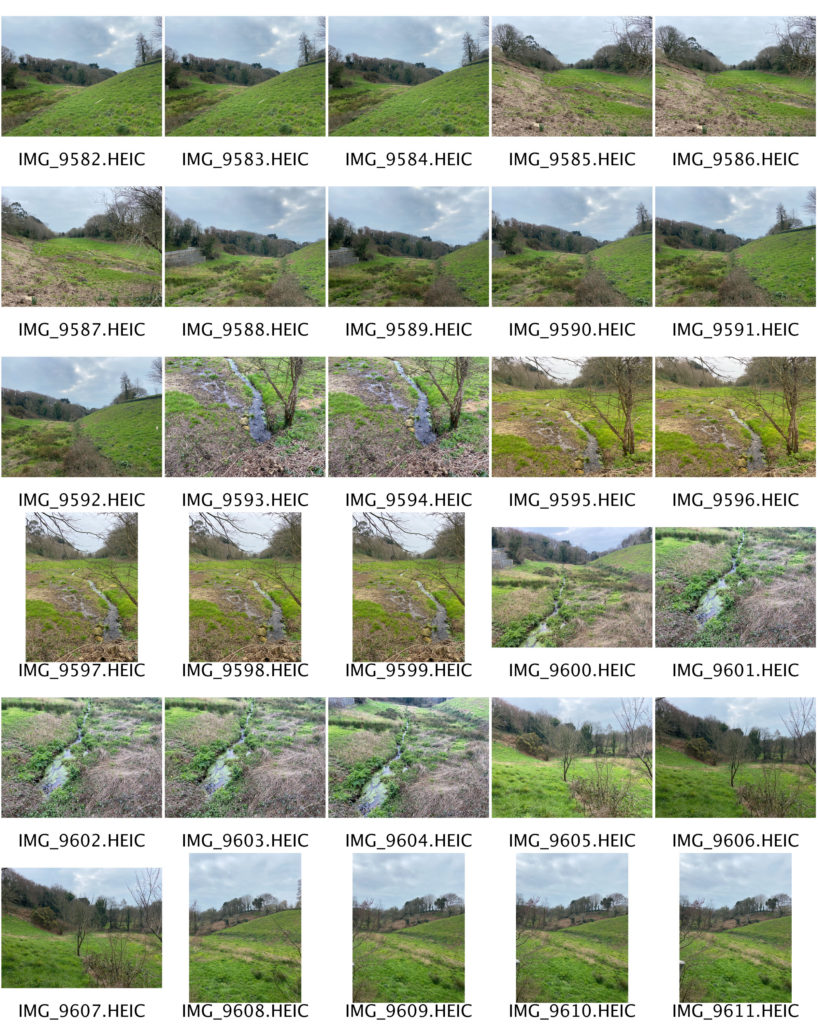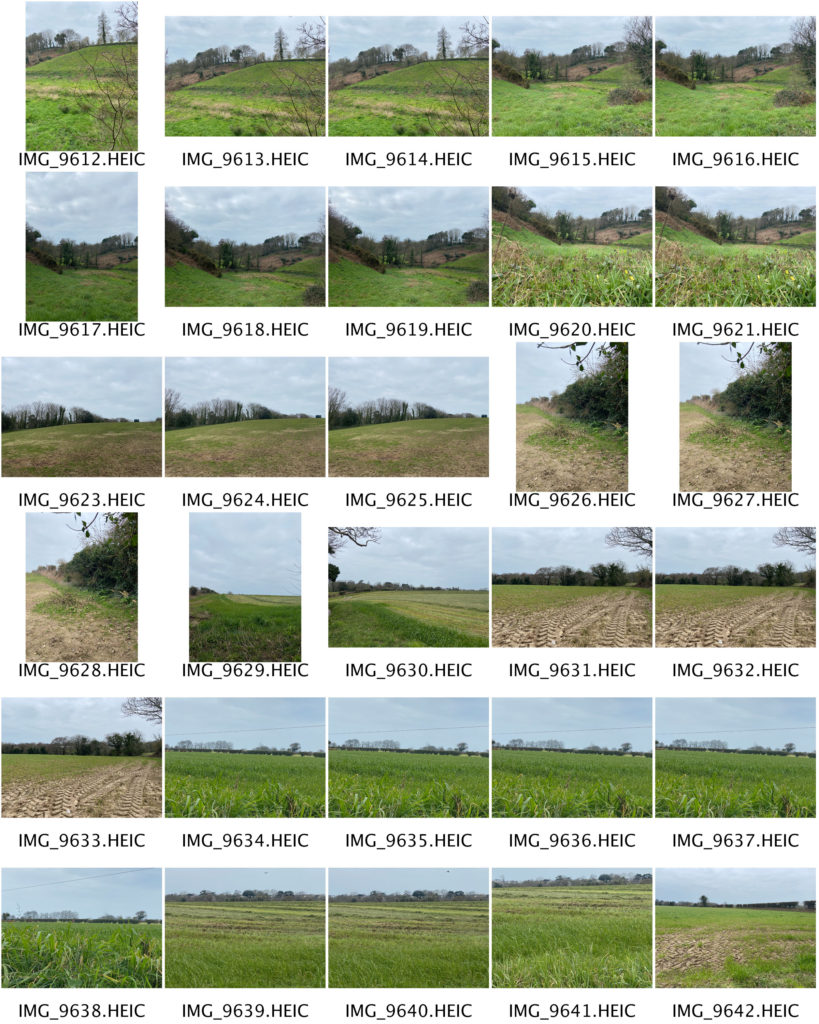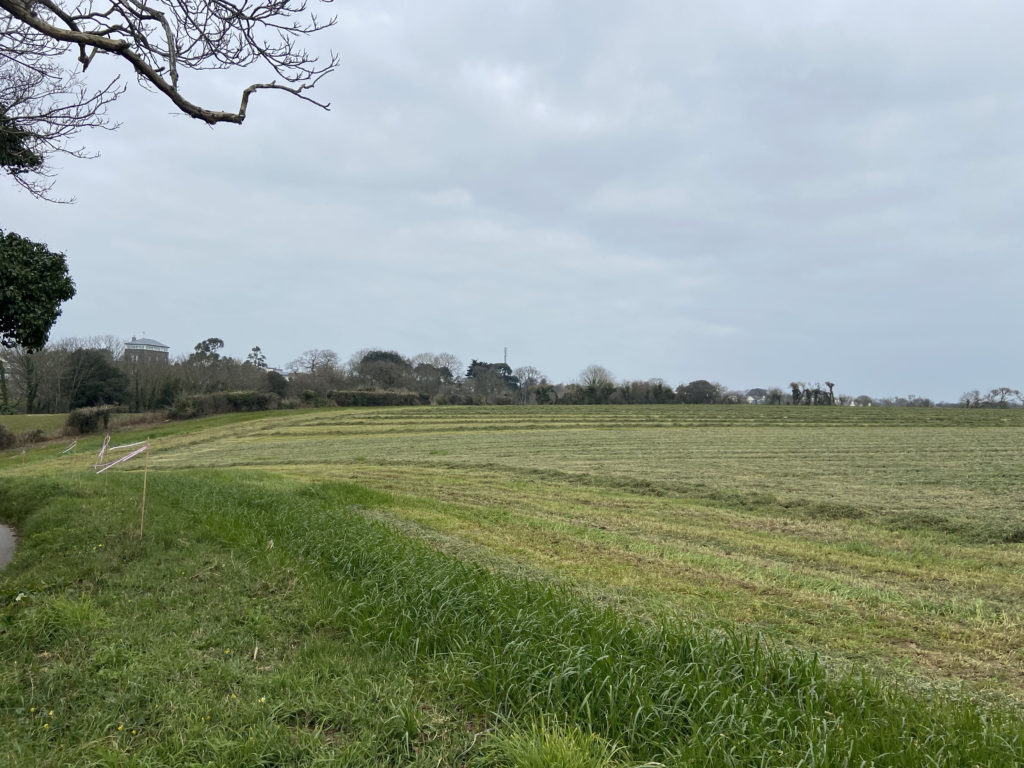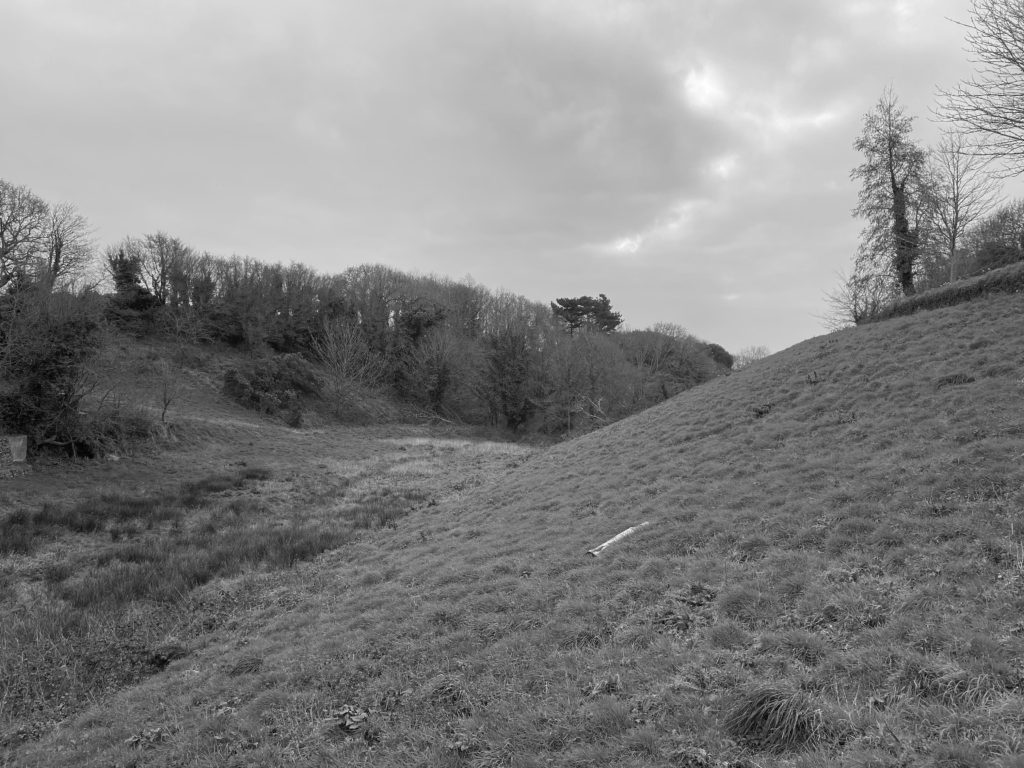Naturalistic Landscape
What is a landscape?
Landscape photography is an art form which focuses on areas of land and how they interact with natural/man-made structures. It includes things like the mountains, hills, rivers, vegetation, architecture, weather like lighting, sunny and rainy, and so much more.
Photographing landscapes is very important since landscapes are prone to evolution; the land we see now may not have looked the same 50 years ago. This can have a relation to memory and enable us to reflect on the past and remember our ancestors or how life used to be back then.
Ansel adams
Ansel Adams was born in the 20th February 1902 and sadly passed away April 22nd, 1984. As a child Adams was always into art; he taught himself how to play the piano at the age of 12. He then started taking lessons and looked to pursue music. Evidently, Adams was always very artistic. In the end, he gave up his love for music and aimed to pursue another passion of his, photography.
Adams grew up in a house in the middle of the sand dunes of the Golden Gate. This seemed to have influenced his love for nature as he started to take photographs with a Kodak no. 1 Box and would go out to hike, explore and climb just to take a photograph that matched his visual mind/imagination. For example, he once hiked with his friends up a stiff dome just to take this amazing photograph in 1927:

After this picture was taken in Adam’s first High Trip, he met Albert M. Bender who influenced Ansel a lot and began the preparation and publication of Adam’s first portfolio; Parmelian Prints of the High Sierras.

Image analysis
Light:
The brightest part of the image is obviously the snow since it is white.
The background is dark black since the artist has experimented with different exposures to match what he wanted the image to look like.
This photograph contains natural lighting and seems to be coming from behind since it is successfully lighting the whole scene.
Space:
There is a perfect illusion of 3D space in this 2D image due to the monocular depth-cues used and captured by the photographer.
Texture:
The surface of this mountain is rocky, hard and cold. The rocky parts of the mountain may be used for climbing. The smooth surface of the snow reflects light, adding sparkle and making the photograph more appealing.
Lines:
There is a common repetition of vertical lines in this natural image communicating a sense of height since they extend upwards towards the sky. In this photograph, vertical lines may suggest danger and adventure since Adams did have to hike up this mountain to capture this image. For religious people the vertical lines could be linked with spirituality, our soul rising towards the heavens once we die which relates to Ansel Adam’s work since the image is black and white which is commonly linked to death.
There is a slight curve by the left side of the mountain (<) successfully leading the eye to the top of the mountain making it the main focal point.
Shape and form:
This image has an organic shape since it’s an image taken in nature and also it is irregular and asymmetrical.
There are various shapes you can see in this image such as: a cuboid which makes the mountain making it seem like an old book and triangles making the points.
There is also depth in this image as well as height and width adding to the 3D form in this 2D image. For example, relative size, occlusion, cast shadows and interposition all play a role in helping us perceive this image to be 3D.
Colour:
The brightness of the colours found in this image are dark which suggests a lack or use of dim natural lighting, as in afternoon. The dark colours may also convey a sense of cold and mystery.
The intensity of the colours are pretty dull creating a serious atmosphere. In this image the artist has captured the seriousness of the scene with dull, grey imagery.
Planning
Contents:
I will attempt to capture natural areas of Jersey such as Queen’s valley.
Location:
As mentioned above, the location will be primarily around Queen’s valley
since its a large environment with different kinds of views and aesthetic.
Lighting:
For this shoot, I will clearly use natural lighting since it’s an outside
shoot plus, it allows my images to look natural and allows me to capture the
natural scene of the land.
Camera settings:
For this project I may set the
ISO to 100 since the weather appears to be sunny with the shutter speed at
1/500 in order to let enough light in.
I may also set the camera to
automatic mode so that the camera determines all aspects of exposure, selecting
exposure parameters consistent with the appliance at intervals the constraints
of correct exposure, together with exposure, aperture, focusing, light-weight
metering, white balance, and equivalent sensitivity.
Contact sheets



Tree Blend
This is one of my final outcomes and it’s called Tree Blend because there is a branch in the middle of this photograph which blends with the reservoir.
It was taken using a Fujifilm instax mini 90 NEO CLASSIC with a coloured polaroid.
In order to put the polaroid on the blog, I had to “scan” it with my Sony Alpha 380, clearly edited the “scanned” polaroid with Lightroom and photoshop in order to make it monochrome and look quite old so that it is easier to relate to the key artist.
In comparison to Ansel Adams, both our shots are in black and white, there is a strong balance between the black and white tones and both our images are both of natural landscapes.
However, Ansel Adams used a film camera whereas I used a polaroid and DSLR camera. In addition, his photographs are sharper than mine as his film was most likely professionally scanned.

Mini islands 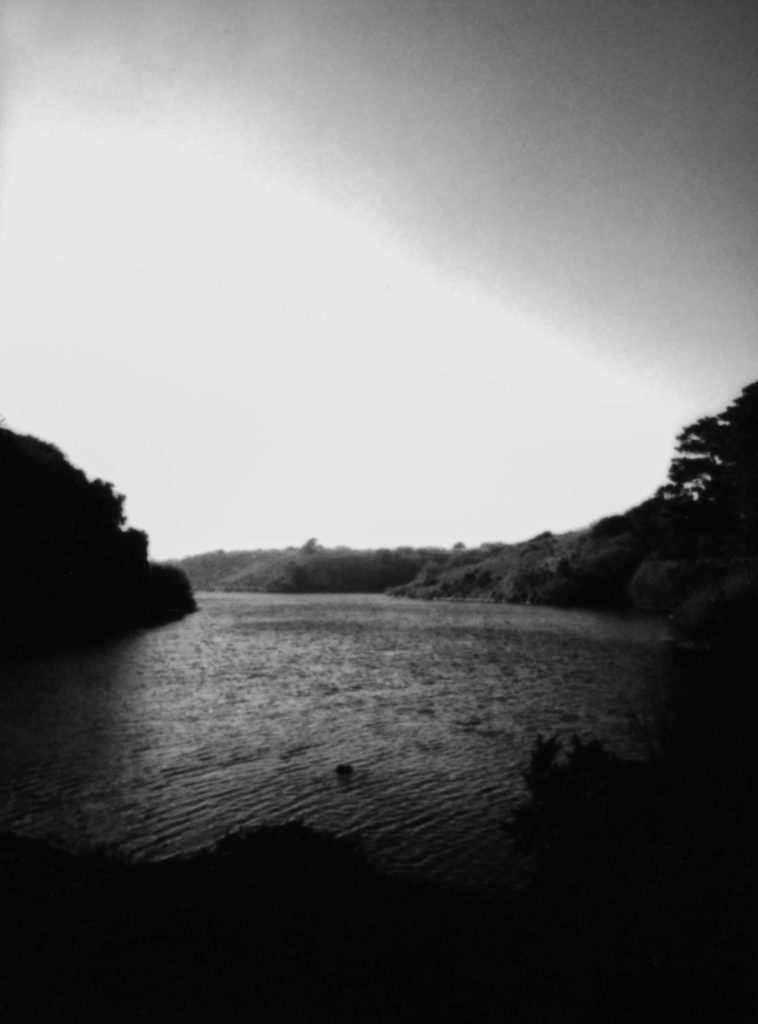
Mini islands -B&W
This outcome was taken employing a Fujifilm instax mini ninety modern CLASSIC with a coloured film.
In order to place the film on the web log, I had to “scan” it with my Sony Alpha 380, clearly altered the “scanned” film with Lightroom and photoshop so as to form it monochrome and appearance quite recent in order that it’s easier to relate to the key creator.
In comparison to Ansel Adams, each our shots are in black and white, there’s a robust balance between the black and white tones and each our pictures are each of natural landscapes.
However, Ansel Adams used a film camera whereas I used a polaroid and DSLR camera. Additionally, his images are swindler than mine as his film was possibly professionally scanned.

This shot was used a DSLR. In contrast to Ansel Adams, our images is are black and white, with a strong balance between the black and white tones, and each of our images is of natural landscapes.
However, my shot is evidently framed differently as it is circular to represent the earth. Apart from that I think this image is a successful outcome inspired by Ansel Adams.
Lastly, I agree to a large extent that I have powerfully managed to create my own photographs inspired by Ansel Adams.
To capture a greater essence of the time period and kind of camera Adam’s has used, I decided to take 2 photographs in film (polaroid) format. Although it isn’t the same type of film Ansel used it served and gave my outcomes this vintage look which matched my inner view of the outcomes (what I have imagined the photographs to look like). In addition, as explained above: images are in black and white, with a powerful balance between the black and white tones, and every of our pictures is of natural landscapes.
Nevertheless, my images are evidently of different types of landscape; Ansel Adams looked at the mountainous kind of landscapes whereas I had to adapt to my own environment but still managed to create a few mountainous illusions as shown in outcome 1. Again, as mentioned above, the main differences are that However, some of my shots are manifestly framed otherwise because it is circular to represent the world and “Ansel Adams used a film camera whereas I used a polaroid and DSLR camera. Additionally, his images are swindler than mine as his film was possibly professionally scanned.”



